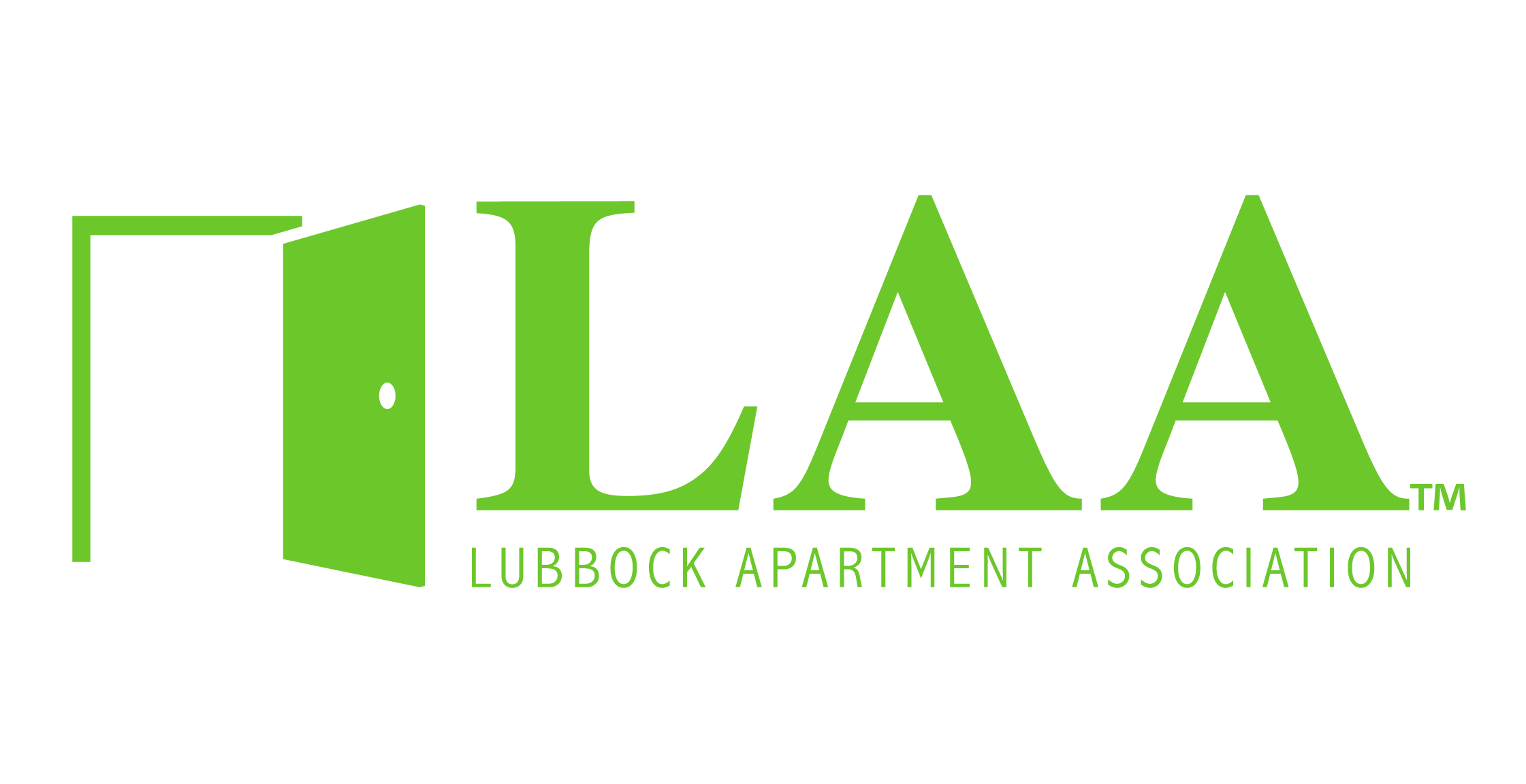Texas Squatter Law Changes 2026: What Property Owners Need to Know
In Northeast El Paso last year, a vacant home turned into a hotspot of unauthorized activity—people, pets, and mounting concerns. By the time authorities intervened, the situation had become a local crisis and a legislative wake-up call.
That case, along with similar reports across Texas, pushed lawmakers into action. In 2025, they passed Senate Bill 1333, a sweeping overhaul of how Texas handles squatters. This isn’t a tweak—it’s a whole new playbook. And if you own or manage rental housing in Texas, you need to know what’s changing when the law takes effect on January 1, 2026.
What SB 1333 Changes
Here’s what the new law does:
1. Enables Immediate Removal
Property owners can now involve law enforcement directly to remove unauthorized occupants. No more waiting through lengthy civil eviction proceedings for clear cases of squatting.
2. Requires Proof of Ownership
Fast removal only works if you show valid ownership documents—deeds, titles, or lease agreements. The burden of proof is on the property owner.
3. Makes Squatting a Criminal Offense
Previously a civil issue, squatting now comes with potential criminal penalties. That’s a big shift—and a warning to would-be fraudsters.
These changes go live on January 1, 2026, giving landlords and property managers time to prepare.
How It’s Different From the Old Law
Before this bill, unauthorized occupants could tie up a vacant unit for weeks or months. You had to file in housing court, wait for hearings, and hope the squatter eventually left.
Now, law enforcement can act faster—sometimes within days. But it only applies to unauthorized occupants. If someone has a current or expired lease, they’re still considered a tenant and must go through the regular eviction process.
Another major shift: judges can now issue summary decisions if squatters fail to respond to removal complaints. That means fewer hearings and faster outcomes.
What Property Owners Should Do Now
This law gives you tools—but you’ll need the right systems in place to use them.
Keep Documentation Organized
Make sure you have:
-
Deeds and titles for every property
-
Lease agreements and tenant records
-
Move-out verification (written and signed)
-
Inspection logs and vacant unit reports
If You Find a Squatter:
-
Take photos, log dates, and gather any communication
-
Check your records to confirm the person has no legal claim
-
Call law enforcement and present your documentation
-
File for immediate removal under the new law
Build Law Enforcement Relationships
Don’t wait until there’s a problem. Introduce yourself to local police departments now. Ask how they plan to handle SB 1333 cases and what paperwork they'll expect.
Tips for Apartment Communities
Be Meticulous with Turnovers
When a tenant moves out, log it—written notice, key returns, and a dated inspection. That trail becomes vital if someone tries to move in illegally.
Reassure Your Current Tenants
The new law doesn’t affect people with leases. Make that clear in resident newsletters or emails so they’re not spooked by headlines about “faster evictions.”
Train Your Team
Update internal protocols before January:
-
How to identify unauthorized occupancy
-
Who to notify (management, law enforcement)
-
What documents to collect and keep
Final Thoughts
Squatting isn’t just a big-city problem anymore. West Texas landlords are seeing it, too—and the state finally responded. SB 1333 gives property owners more power to reclaim their spaces—but it also raises the bar for documentation and preparation.
Use the rest of 2025 to get ready. Audit your files, train your staff, and open communication lines with local law enforcement. When January hits, you’ll be equipped to act swiftly and legally.
Need help? The Lubbock Apartment Association is here to support you. From best practices to law enforcement contacts, we’ll help you navigate these changes with confidence.
sb 1333 squatter blog by Jamie Hinojosa
Answer: Under SB 1333, a property owner (or the owner’s agent) can file a sworn complaint with the sheriff or constable requesting immediate removal of a person occupying the dwelling without the owner’s consent, provided certain conditions are met. (J.C.Moses Management)
Some of the required conditions include:
-
The property was not open to the public when the person entered. (J.C.Moses Management)
-
No other lawsuit is pending between the occupant and the owner regarding possession. (J.C.Moses Management)
-
The person is not a current or former tenant or a family member with legal rights under a lease. (Landlord Doc)
-
The owner must certify under oath that the occupant has no legal right (no lease, title, deed, etc). (Texas Public Policy Foundation -)
Once validated, law enforcement may act without the owner filing a traditional civil eviction action. (J.C.Moses Management)
2. When do SB 1333 and SB 38 take effect, and how do they differ?
Answer:
-
SB 1333: Effective September 1, 2025 for the law enforcement‑led removal path of unauthorized occupants. (J.C.Moses Management)
-
SB 38: Takes effect January 1, 2026 and overhauls the regular eviction process (including timeline changes, trial venue requirements) that applies to both tenants and unauthorized occupants, but more broadly to eviction law. (HAR)
The difference: SB 1333 addresses the “true squatter” case (occupant with no legal tenant status) and allows law‑enforcement immediate removal. SB 38 addresses the broader eviction framework (tenant/landlord cases) and speeds up those proceedings. (J.C.Moses Management)
3. Does this mean any occupant without a lease is automatically a “squatter” under SB 1333?
Answer: No — the term “squatter” for SB 1333 purposes is not just “someone without a current lease.” The occupant must be unauthorized — meaning they do not have valid legal rights (tenant rights, lease, familial occupancy) and the property owner meets the statutory criteria. (Landlord Doc)
If someone is a paying tenant under a lease (even if expired) they are generally still considered a tenant and must be handled under the normal eviction laws, not under the fast‑track squatter removal. (J.C.Moses Management)
4. What kind of documentation should a property manager or owner have ready to act under these new laws?
Answer: As part of preparation for the fast removal path and the updated eviction framework, property owners should ensure:
-
Clear proof of ownership (deed, title, chain of ownership) for vacant property. (Texas Public Policy Foundation -)
-
Lease agreements, move‑out confirmations, key returns for rented units (so you can show the difference between tenant vs. unauthorized occupant).
-
Written records of when a unit became vacant, inspection logs, photographs if possible.
-
A template for a sworn complaint or affidavit (SB 1333 uses this) certified under penalty of perjury. (J.C.Moses Management)
-
Good relations with law enforcement and knowledge of the local sheriff/constable process for serving a notice to vacate in these cases.
5. What new criminal penalties are introduced by SB 1333, and how do they help property owners?
Answer: SB 1333 adds increased criminal penalties aimed at people who knowingly use fraudulent documents or engage in unauthorized sale/lease of property they don’t own. (Texas Policy Research)
Examples include:
-
Presenting false or fraudulent instruments (e.g., a fake deed or lease) to claim rights to property: penal code offense (Class A misdemeanor). (Texas Policy Research)
-
Selling, advertising, or leasing residential real property without legal title or authority: first‑degree felony in some cases. (Texas Policy Research)
These criminal tools help deter bad‑actors who attempt to squat via forged paperwork or try to exploit loopholes—giving owners stronger leverage beyond civil eviction. (Texas Public Policy Foundation -)
6. Does the new law impact regular tenants under valid leases, and how should apartment managers communicate to residents?
Answer: No, tenants under valid leases retain their protections under existing landlord‑tenant law. The fast‑track removal under SB 1333 only applies to unauthorized occupants. SB 38 may speed up processes, but doesn’t strip all tenant protections. (HAR)
Apartment managers/managing agents should proactively communicate to residents:
-
“If you have a valid lease, this law doesn’t apply to you as a squatter case.”
-
Ensure residents understand their lease rights aren’t being diminished simply because of the law change for unauthorized occupiers.
-
Address concerns proactively so residents don’t misinterpret “faster removals” as a threat to them.
7. What steps should property owners/managers in Lubbock‑area (West Texas) start now to prepare before January 1, 2026?
Answer: Since SB 38’s major changes take effect January 1, 2026, and SB 1333 is already in effect, local owners/managers should start:
-
Audit all property files: Are deeds, titles, lease records, move‑out documentation, inspection logs current and well‑organized?
-
Update internal procedures: Identify who in your team handles unauthorized occupancy, who collects documentation, and who contacts law enforcement.
-
Establish or refresh relationships with your local sheriff’s office or constable’s office (for the county your property is in) so you understand how their process works when you submit a sworn complaint.
-
Provide staff training: Clarify the difference between “tenant under lease” vs. “unauthorized occupant.” Ensure everyone knows when the fast‑track law applies and when you still must go through standard eviction procedures.
-
Update resident communications: Send a short announcement/fact‑sheet to your residents reaffirming that their valid leases remain unchanged, and provide a brief explanation of what “unauthorized occupancy” means under the new laws.

